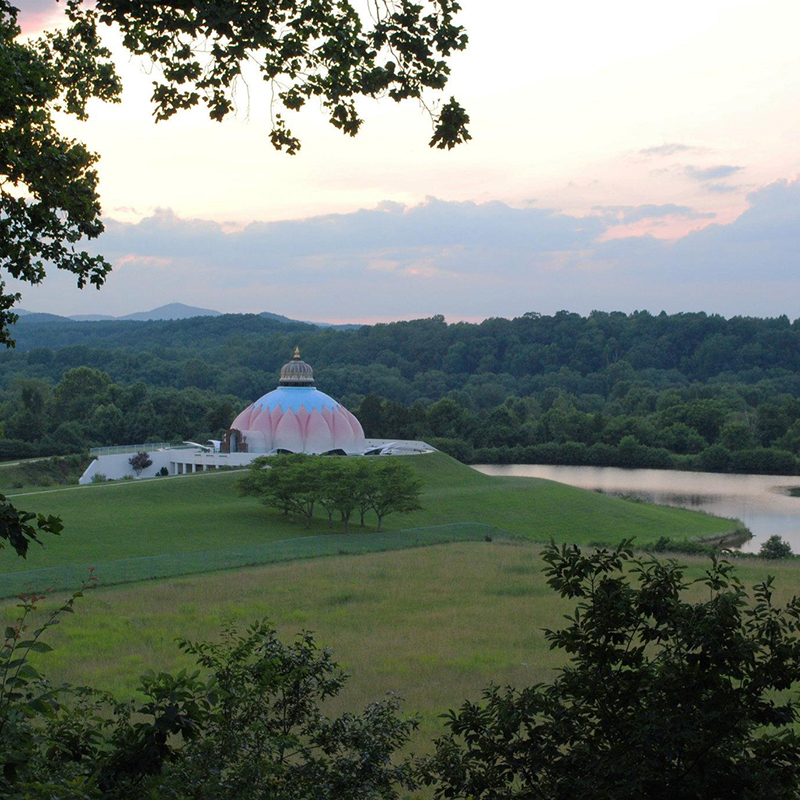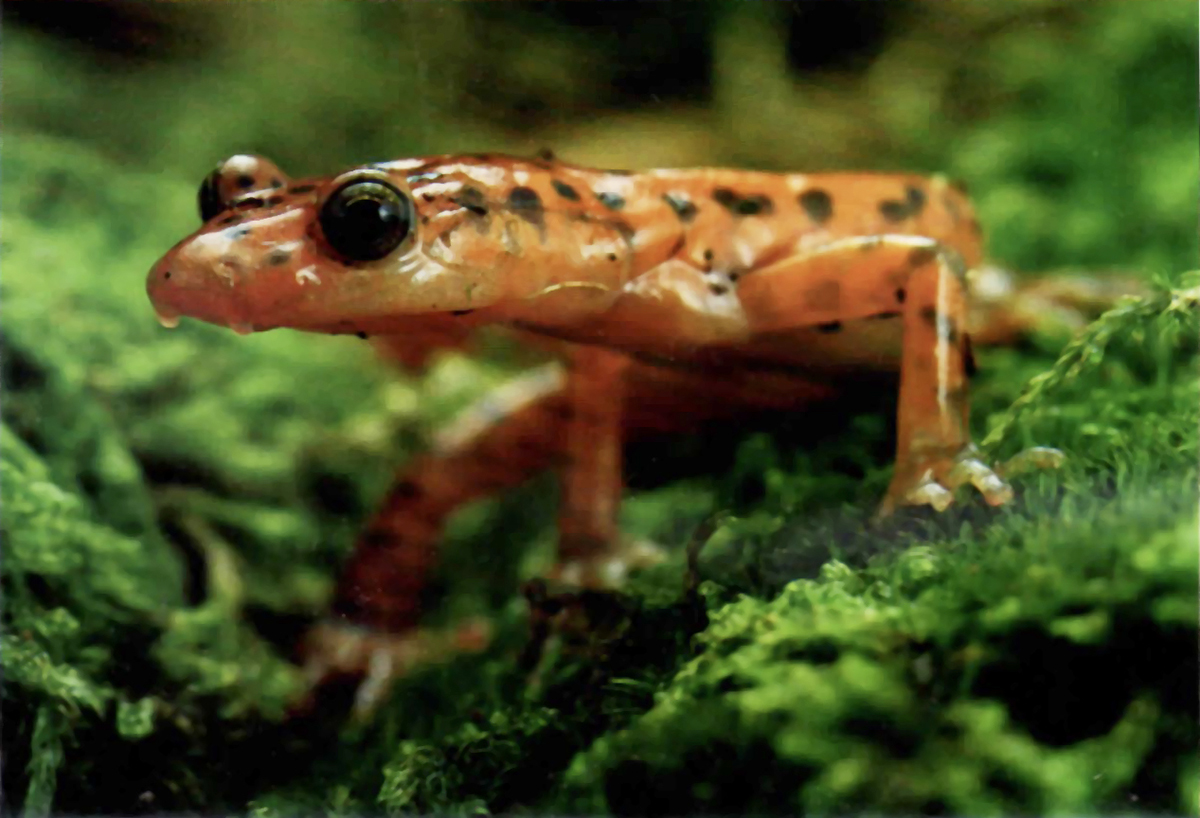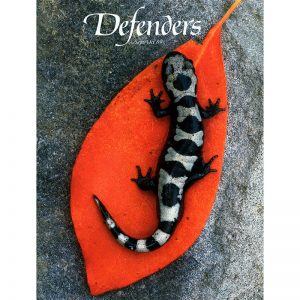
The Case for Eastern Old-Growth
06/01/1989
In Rural Virginia, Yogaville is Simply Divine
06/24/1990
View full essay in PDF format
“Unearthing Salamander Secrets” was published in the Defenders of Wildlife, September/October 1989.
“LONG associated with the clammy clutter in the pockets of small boys, salamanders are hard to glamorize. After all, they do live under rocks. They have names like ‘slimy’ and ‘shovelnose’ for reasons entirely deserved. Even scientific interest has been prejudiced. Writing about the class Amphibia to which salamanders belong, the great taxonomist Carolus Linnaeus in his 1758 Systema Naturae called them ‘foul and loathsome animals … abhorrent because of their cold body … fierce aspect … and squalid habitation.’
It’s true that amphibians, having evolved from freshwater fish into the first land vertebrates some 350 million years ago, still associate intimately with wet or at least damp places. Still, typical salamander habitation in limpid mountain creeks or hidden springs, under draping moss curtains near streambanks and beneath the punky mass of decayed trees on silent slopes hardly rates as ‘squalid.’ Admittedly, salamander diets are foul and loathsome if snails, slugs, spiders, ants, beetles, mites, millipedes and the like are not to your taste. And it’s true that salamanders are surprisingly fierce for such small and slow-moving creatures, some of them being among the few known cannibalistic animals.”


